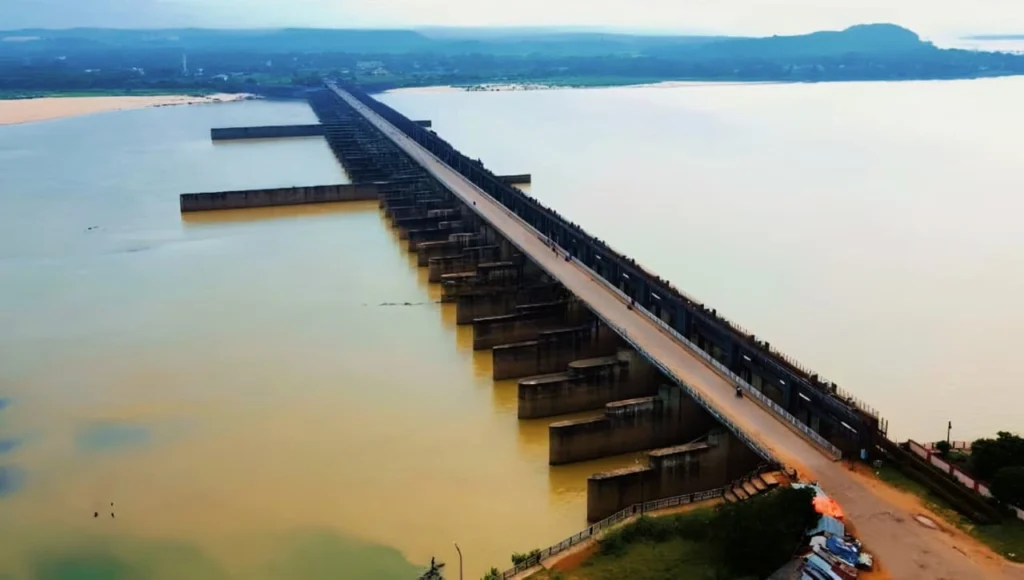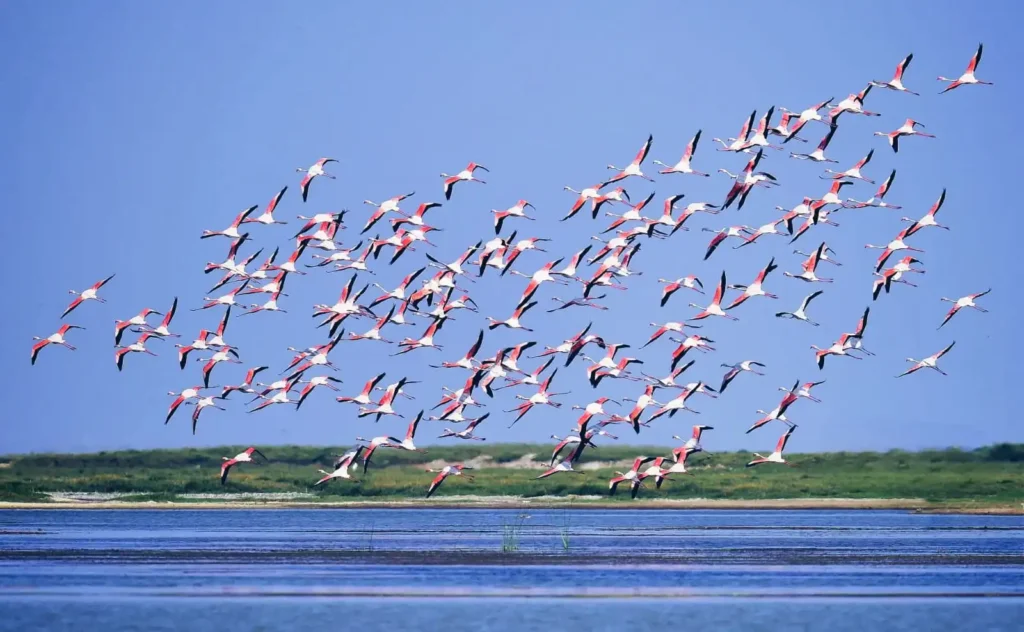
Table of Contents
The Origins of Chilika Lake – A Natural Creation Thousands of Years Old
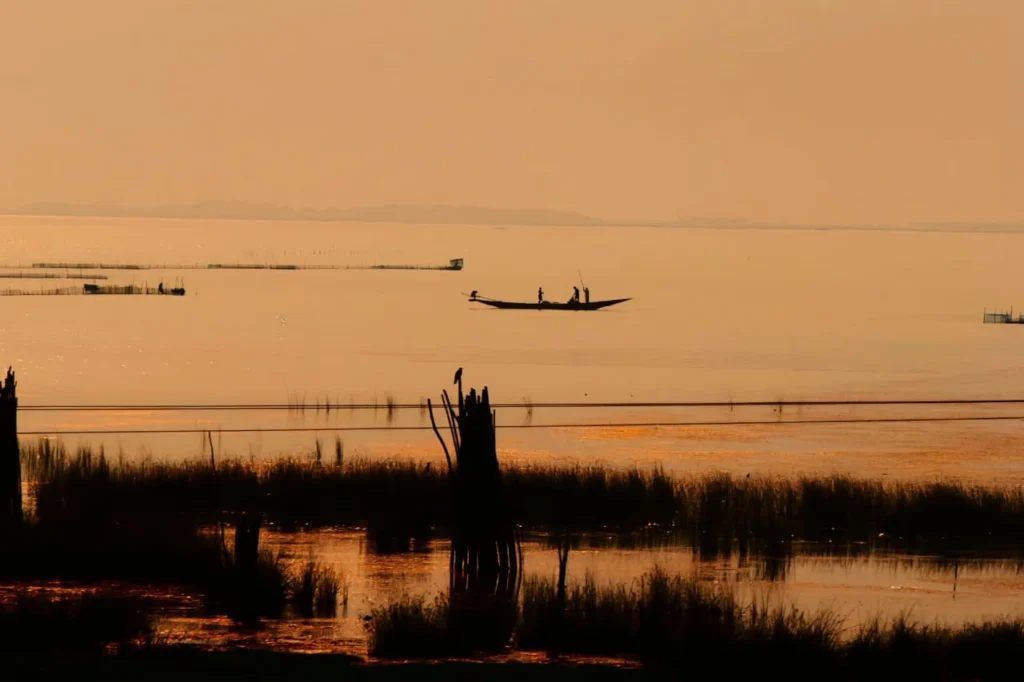
Chilika on the Indian Map – Where Beauty Meets Geography

Exploring Chilika’s Island Network – The Hidden Jewels
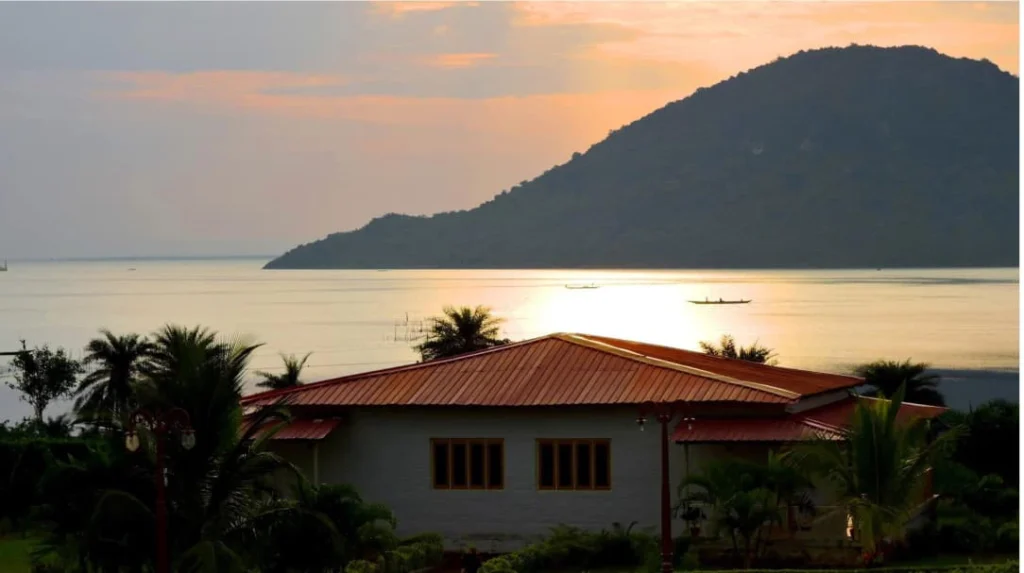
Chilika Biodiversity – A Paradise for Birds, Fish & Flora
Migratory Birds
Interestingly, over 167 species fly in during peak seasons from the Caspian Sea, Lake Baikal, Aral Sea, Ladakh, and the Himalayas. Moreover, the region becomes a vibrant mosaic of feathers and flight, welcoming exotic birds such as:
- Greater Flamingo
- Eurasian Wigeon
- Oriental Darter
- Black-necked Stork
- Lesser Adjutant
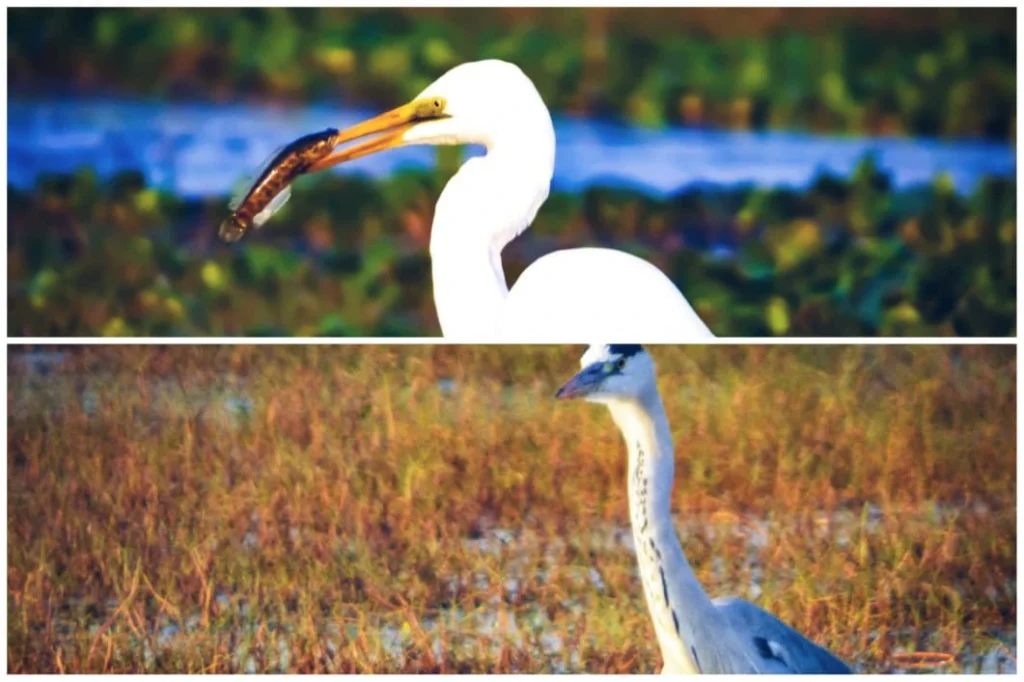
Aquatic Life
- 225 species of fish, notably including both freshwater and saltwater varieties
- Various shrimp, crab & snail species, furthermore enriching the aquatic biodiversity
- 37 reptiles, 18 mammals, 61 earthworms, and more, altogether forming a complex ecosystem
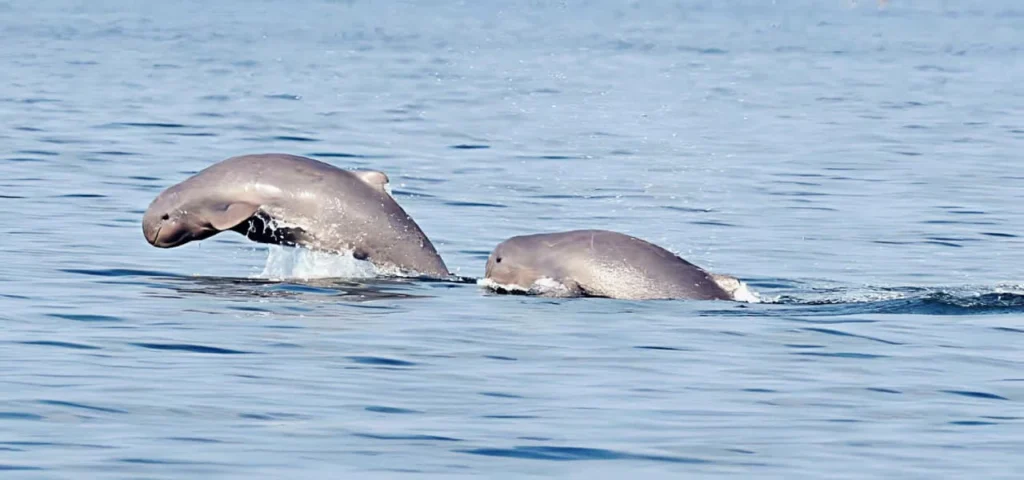
Plant Life
Geographic Zones Within Chilika – Understanding the Water Depth and Features
To better understand Chilika’s vast aquatic system, scientists have divided it into four depth-based zones. Consequently, this classification helps manage its biodiversity and ecological balance more effectively:
- Northern Region – Firstly, it is shallow (0.5 – 1.0 m) and influenced by rivers like Daya and Bhargavi.
- Middle Region – Secondly, this area maintains a moderate depth (1.5 – 2.5 m).
- Southern Region – Furthermore, it is the deepest zone (2.5 – 3.5 m) and connects to the Palur Canal.
- Outer Channel (Eastern Part) – Finally, this region merges directly with the Bay of Bengal at Magar & Arakhakuda.
Chilika Lake: A Must-Visit for Nature Enthusiasts and Researchers
People Always Ask (FAQs Answered)
1. Where is Chilika Lake located in India?
2. Why is Chilika Lake famous?
3. What type of lake is Chilika?
4. What are the main fish species in Chilika?
5. Is Chilika Lake a Ramsar site?
Let’s Protect & Promote Chilika
Nature gives us beauty—let’s give back responsibility.
As a reader, traveler, or citizen, you can take meaningful action. Specifically, consider the following:
- Firstly, visit responsibly
- Secondly, support eco-tourism
- Thirdly, educate others about Chilika’s significance
- Moreover, avoid littering and promote conservation
Ultimately, share this article with friends—or better yet, plan a trip to Chilika Lake, Odisha, and witness this natural wonder firsthand.

